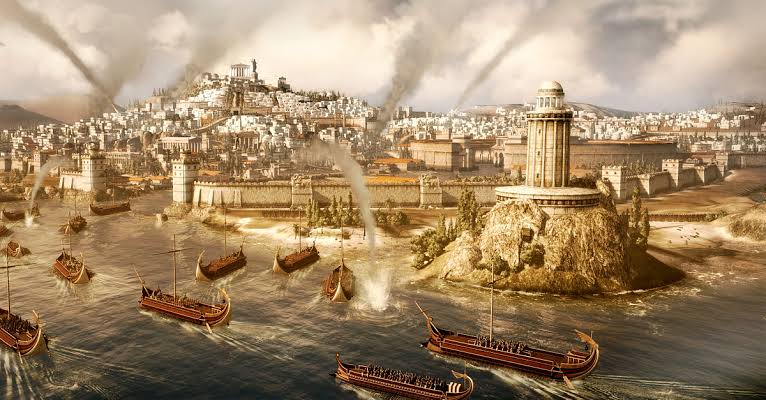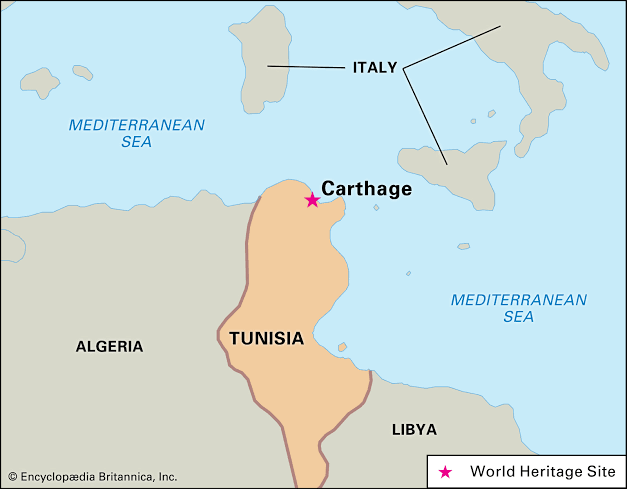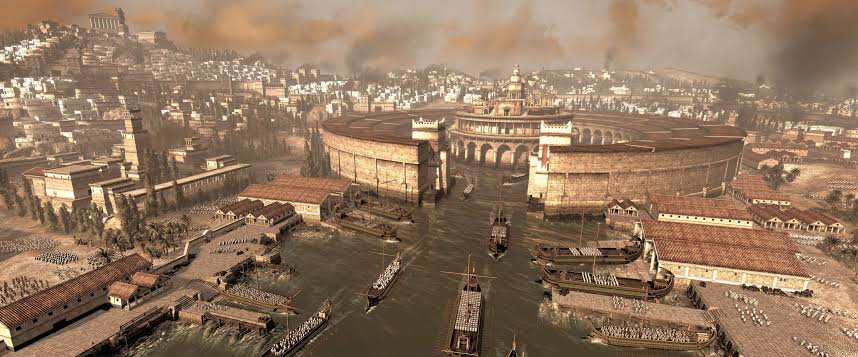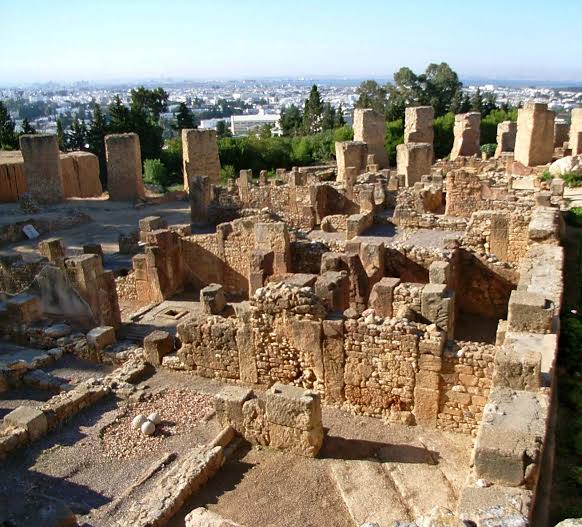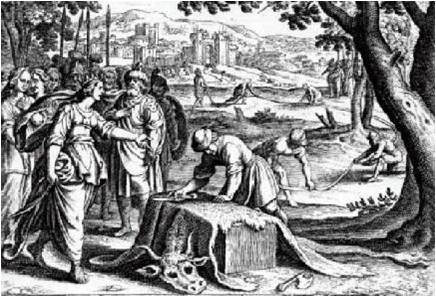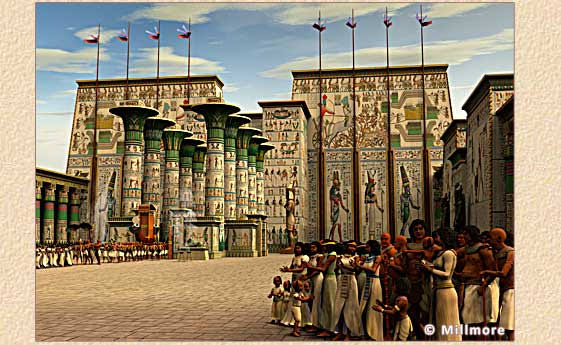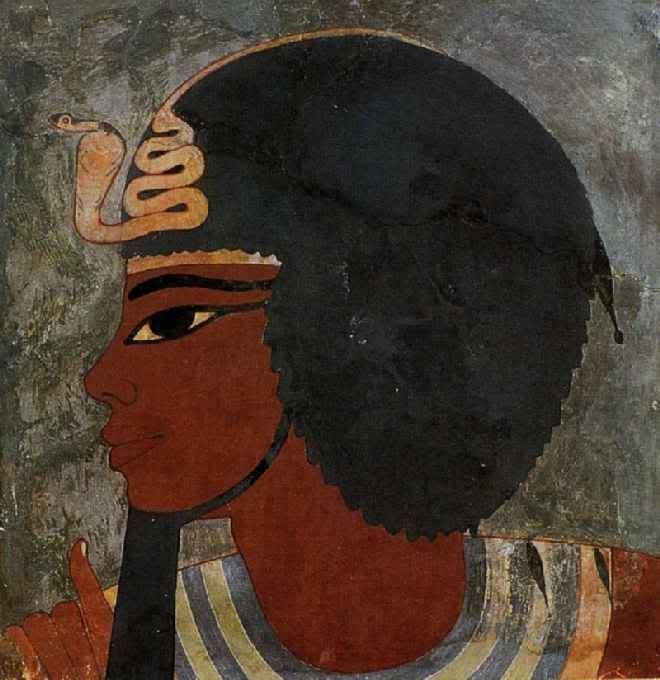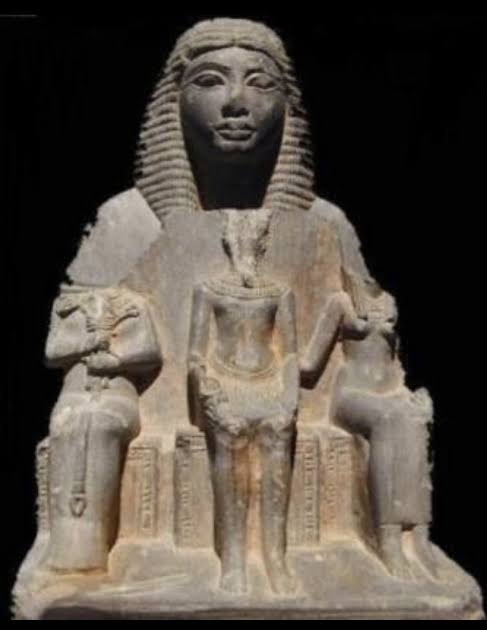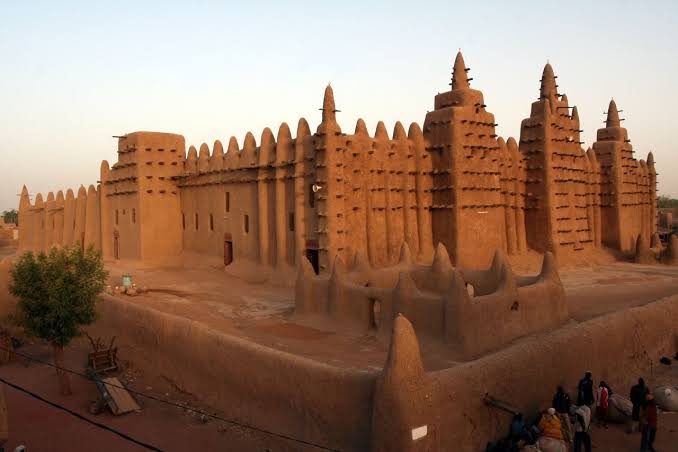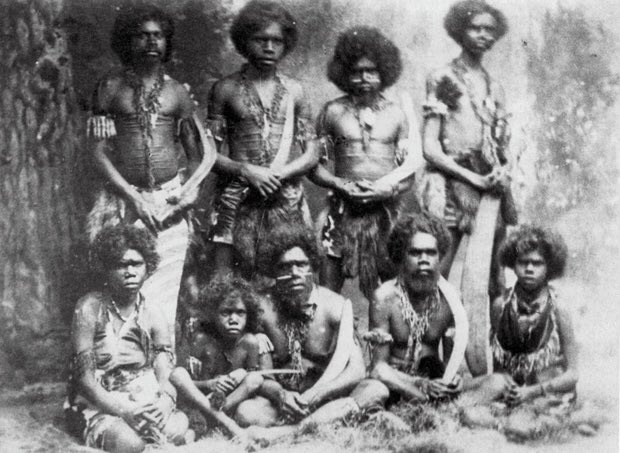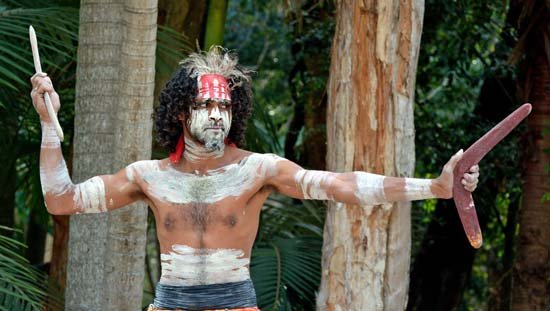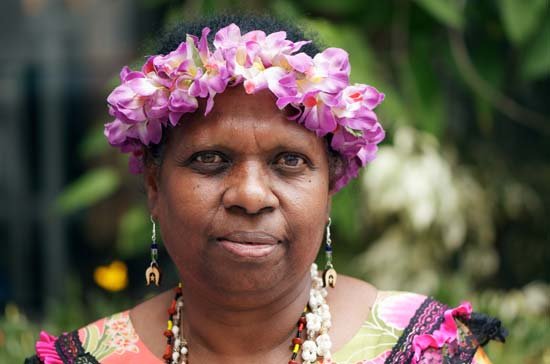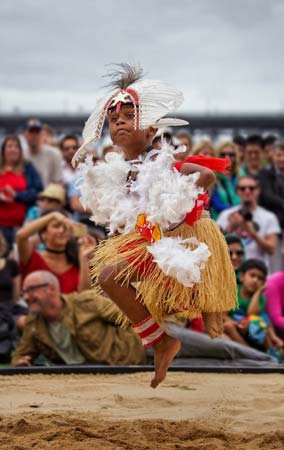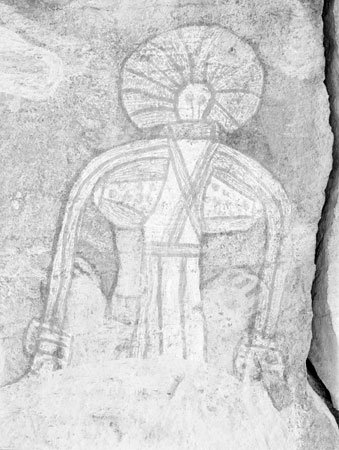
African Moors who introduced learning and civilization in Spain.
_
The Moors began invading Spain around 711 AD when an African army, under leader Tariq ibn-Ziyad, crossed the Strait of Gibraltar from North Africa invading the Iberian peninsula ‘Andalus’ (Spain under Visigoths).



_
The Moors began invading Spain around 711 AD when an African army, under leader Tariq ibn-Ziyad, crossed the Strait of Gibraltar from North Africa invading the Iberian peninsula ‘Andalus’ (Spain under Visigoths).
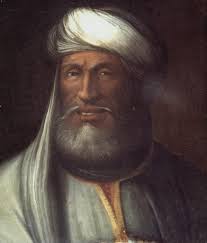
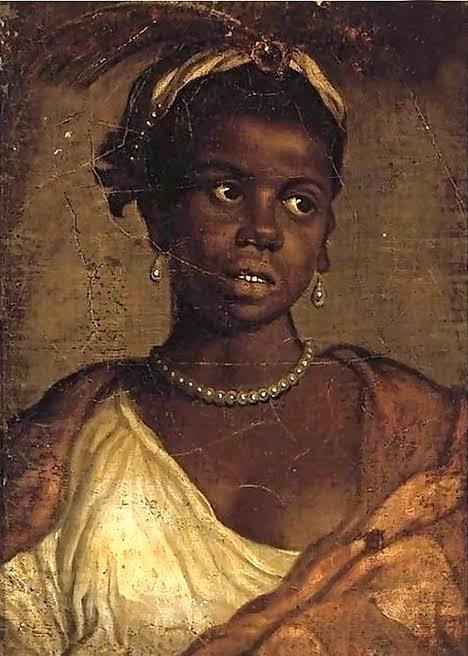
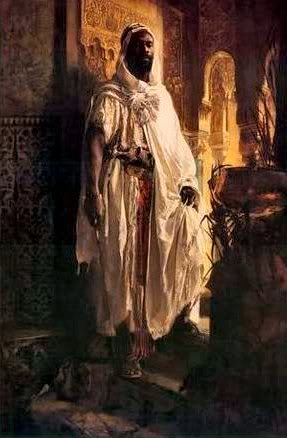
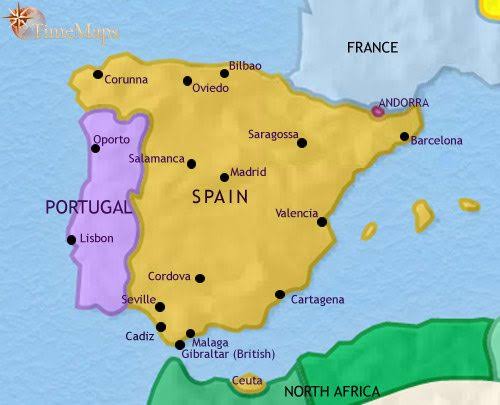
Tarik Ibn Zayid led 300 Arabs and 6700 Africans in conquering Spain around 700 A.D.
A European scholar sympathetic to the Spaniards remembered the conquest in this way: 📸 And second image from Alfonso X description. 📷

A European scholar sympathetic to the Spaniards remembered the conquest in this way: 📸 And second image from Alfonso X description. 📷
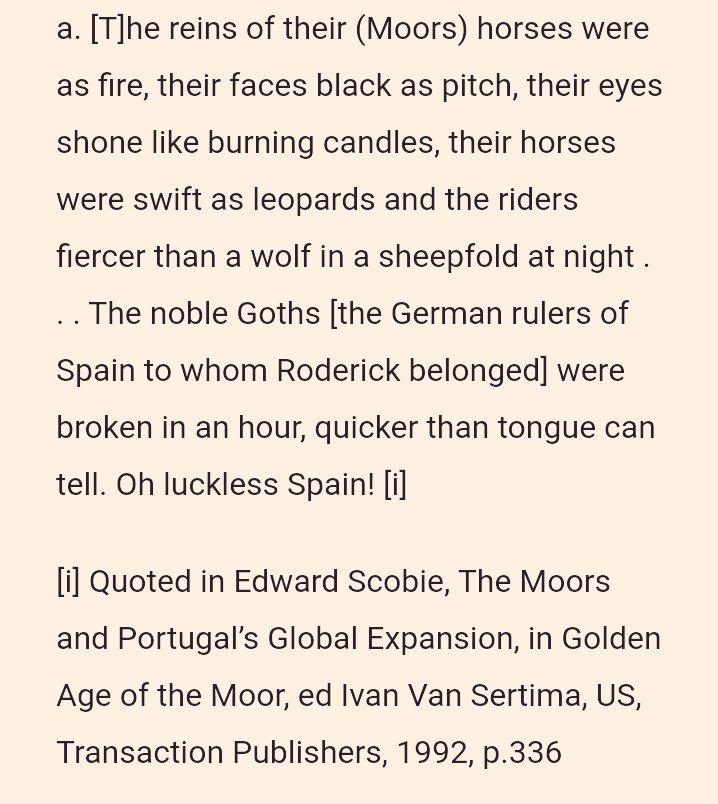

The Moors, who ruled Spain for 800 yrs, introduced new scientific techniques to Europe, i.e astrolabe, a device for measuring the position of the stars and planets. Scientific progress in Astronomy, Chemistry, Physics, Maths, Geography and Philosophy flourished in Moorish Spain. 

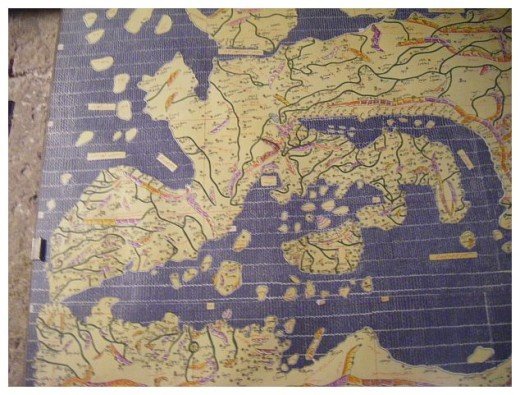
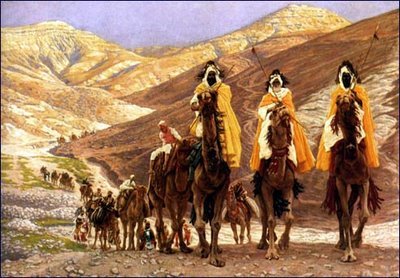
Basil Davidson, a noted historians recognized and declared that there were no lands at that time (the eighth century) “more admired by its neighbours, or more comfortable to live in, than a rich African civilization which took shape in Spain”
📸Moors of Spain/Portugal & Basil

📸Moors of Spain/Portugal & Basil
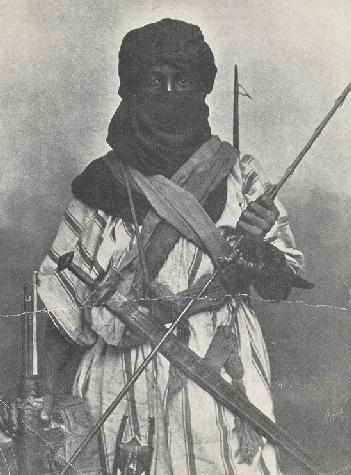
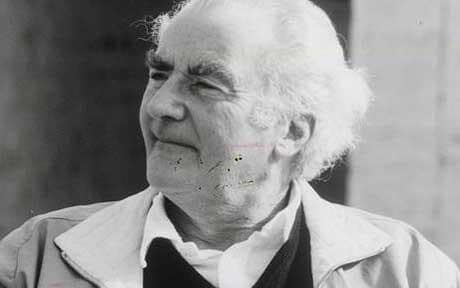
At its height, Córdova, the heart of Moorish territory in Spain, was the most modern city in Europe. The streets were well-paved, with raised sidewalks for pedestrians. During the night, ten miles of streets were well illuminated by lamps.
📸 The Moors Head craven
📸 The Moors Head craven
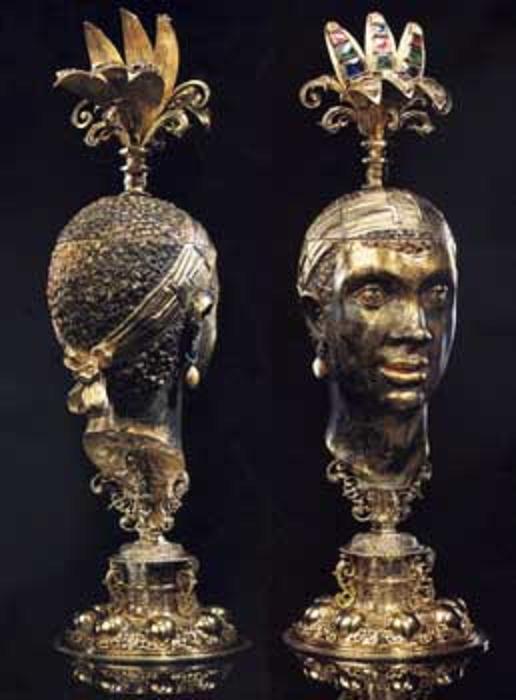
(This was hundreds of years before there was a paved street in Paris or a street lamp in London.) Cordova had 900 public baths – we are told that a poor Moor would go without bread rather than soap! 
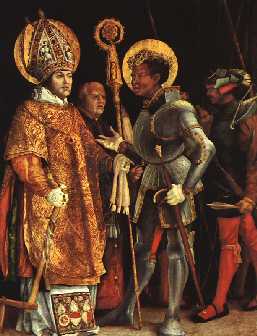
The Great Mosque of Córdoba (La Mezquita) is still one of the architectural wonders of the world in spite of later Spanish disfigurements. Its low scarlet and gold roof, jasper and and porphyry, was lit by thousands of brass and silver lamps which burned perfumed oil. 
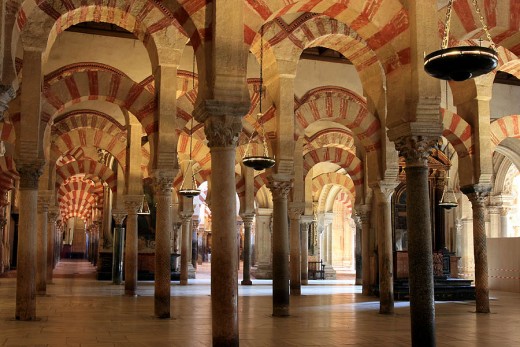
Education was universal in Moorish Spain, available to all, while in Christian Europe ninety-nine percent of the population were illiterate, and even kings could neither read nor write. At that time, Europe had only two universities, the Moors had seventeen great universities. 
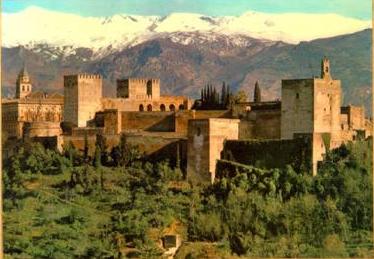
These universities were located in Almeria, Cordova, Granada, Juen, Malaga, Seville, and Toledo.
In the 10th and 11th centuries, public libraries in Europe were non-existent, while Moorish Spain boasted of more than 70, of which the one in Cordova housed 600,000 manuscripts.
In the 10th and 11th centuries, public libraries in Europe were non-existent, while Moorish Spain boasted of more than 70, of which the one in Cordova housed 600,000 manuscripts.
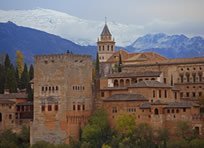
The most significant Moorish musician was known as Ziryab (the Blackbird) who arrived in Spain in 822. The Moors introduced earliest versions of several instruments, including the Lute or el oud, the guitar or kithara and the Lyre. They brought medicine 


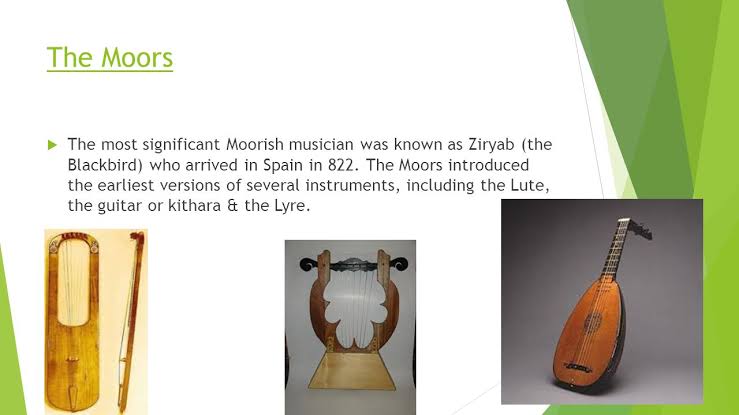
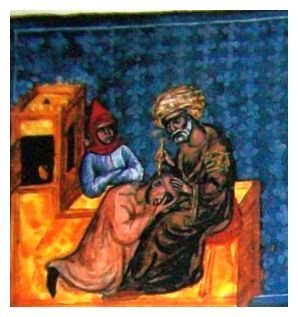
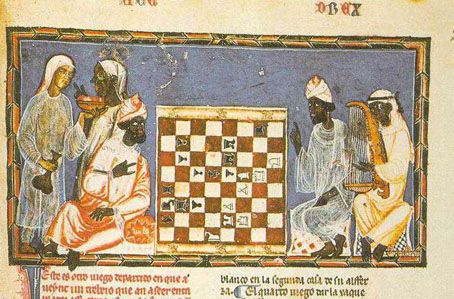
Ziryab changed the style of eating by breaking meals into separate courses beginning with soup and ending with desserts. The Moors introduced paper to Europe and Arabic numerals, which replaced the clumsy Roman system.
📸 Ibrahim-al-Ibrahim mosque

📸 Ibrahim-al-Ibrahim mosque
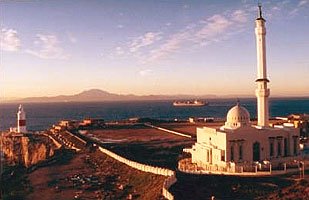
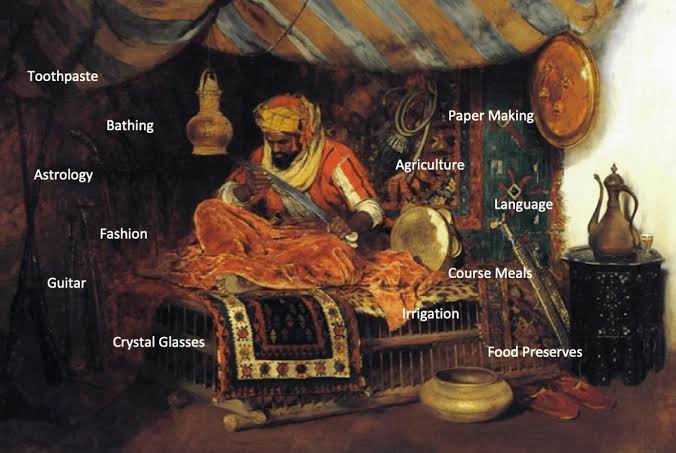
The Moors introduced many new crops including the orange, lemon, peach, apricot, fig, sugar cane, dates, ginger and pomegranate as well as saffron, sugar cane, cotton, silk and rice which remain some of Spain’s main products today. 
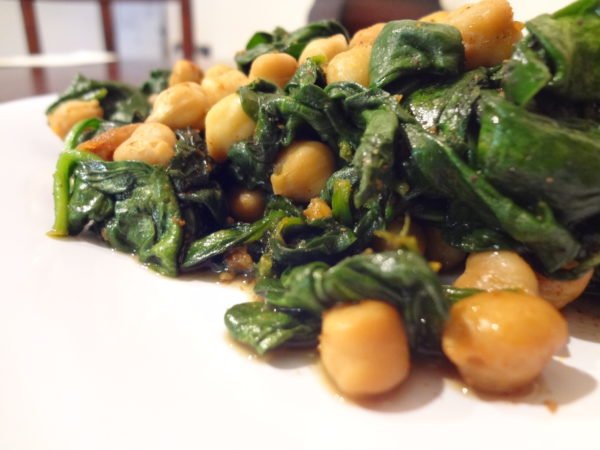
The Moorish rulers lived in sumptuous palaces, while the monarchs of Germany, France, and England dwelt in big barns, with no windows and no chimneys, and with only a hole in the roof for the exit of smoke. 

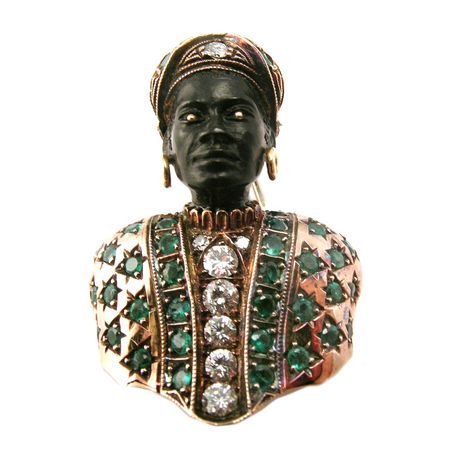
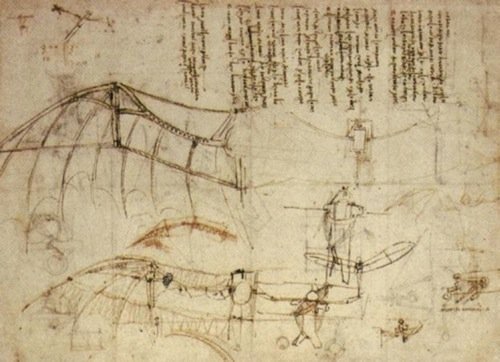
One such Moorish palace ‘Alhambra’ (literally “the red one”) in Granada is one of Spain’s architectural masterpieces. Alhambra was the seat of Muslim rulers from the 13th century to the end of the 15th century. The Alhambra is a UNESCO World Heritage Site.
📸 Alhambra, Grenada
📸 Alhambra, Grenada
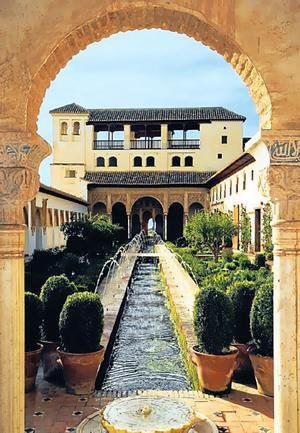
It was through Africa that the new knowledge of China, India, and Arabia reached Europe. The Moors brought the Compass from China into Europe. The Moors ruled and occupied Lisbon (named “Lashbuna” by the Moors) and the rest of the country until well into the twelfth century. 

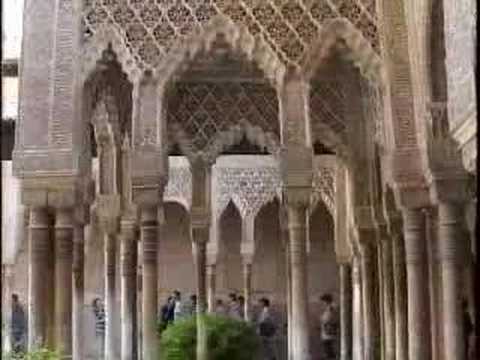
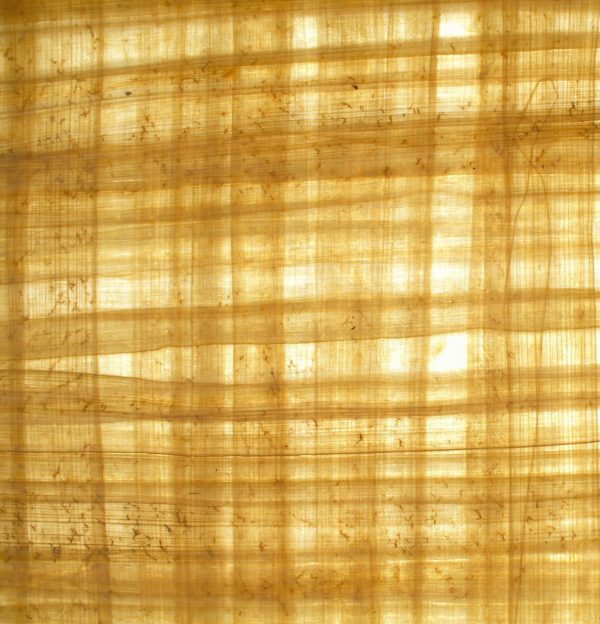
They were finally defeated & driven out by the forces of King Alfonso Henriques. The scene of this battle was the Castelo de Sao Jorge or the ‘Castle of St. George.’
Their material history/culture can be found by reading the Roman historian Cornelius Tacitus
📸Moor Battle, 1636
Their material history/culture can be found by reading the Roman historian Cornelius Tacitus
📸Moor Battle, 1636
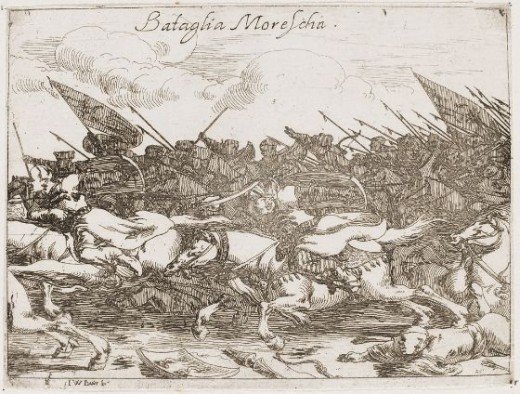
To know more about Ancient African civilization and history check my likes tweet and follow me to see my future post.
Sources Hubpages education and Black history studies.
Sources Hubpages education and Black history studies.
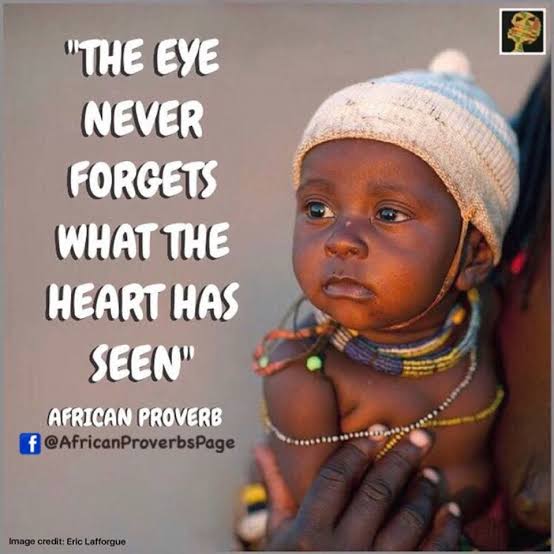
Unroll @threadreaderapp
• • •
Missing some Tweet in this thread? You can try to
force a refresh

